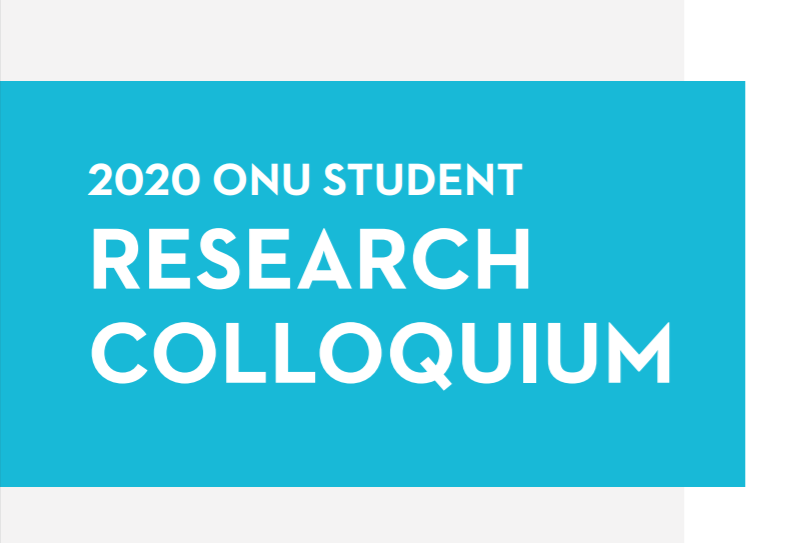Sponsor
Bryan Boulanger, Ph. D
Ohio Northern University
Civil and Environmental Engineering
b-boulanger@onu.edu
Advisor(s)
Bryan Boulanger, Ph. D
Ohio Northern University
Civil and Environmental Engineering
b-boulanger@onu.edu
Document Type
Poster
Start Date
24-4-2020 9:00 AM
Abstract
Understanding the relationship between roadway intersection safety and street lighting is essential to developing effective intersection lighting standards. This study uses data from over 1,000,000 intersection accidents over 10 years available within the Ohio Department of Transportation’s Accident Databases to explore the relationship between street lamps and accident occurrence via comparative statistics. Accident occurrence ratios, calculated based upon seasonally compared, time-matched accident data from all Ohio intersections are compared and reported with and without artificial lighting as a variable. Utilizing an evening time period as a liaison between each season, ratios are effectively compared to isolate street lighting as a factor in accident rates. The observed ratios of accidents occurring between 6-8PM and 2-4PM during summer months (0.4257, n = 78,810) and during the same time period in winter months when artificial lighting is present (0.4067, n = 41,180) are found to be approximately equivalent. When artificial lighting is absent from intersections, the accident ratio increases to 0.5282 (n = 44,730). The results of the study indicate that artificial lighting is an important factor on accident rate occurrence via a correlation between lighting and roadway safety, guiding the opportunity for more research to recommend future lighting standards at Ohio’s intersections.
Recommended Citation
Pinchek, Josh R., "Intersection Illumination - Collision Correlation: How Does Street Lighting Affect Roadway Safety?" (2020). ONU Student Research Colloquium. 27.
https://digitalcommons.onu.edu/student_research_colloquium/2020/posters/27
Restricted
Available to ONU community via local IP address and ONU login.
Intersection Illumination - Collision Correlation: How Does Street Lighting Affect Roadway Safety?
Understanding the relationship between roadway intersection safety and street lighting is essential to developing effective intersection lighting standards. This study uses data from over 1,000,000 intersection accidents over 10 years available within the Ohio Department of Transportation’s Accident Databases to explore the relationship between street lamps and accident occurrence via comparative statistics. Accident occurrence ratios, calculated based upon seasonally compared, time-matched accident data from all Ohio intersections are compared and reported with and without artificial lighting as a variable. Utilizing an evening time period as a liaison between each season, ratios are effectively compared to isolate street lighting as a factor in accident rates. The observed ratios of accidents occurring between 6-8PM and 2-4PM during summer months (0.4257, n = 78,810) and during the same time period in winter months when artificial lighting is present (0.4067, n = 41,180) are found to be approximately equivalent. When artificial lighting is absent from intersections, the accident ratio increases to 0.5282 (n = 44,730). The results of the study indicate that artificial lighting is an important factor on accident rate occurrence via a correlation between lighting and roadway safety, guiding the opportunity for more research to recommend future lighting standards at Ohio’s intersections.

